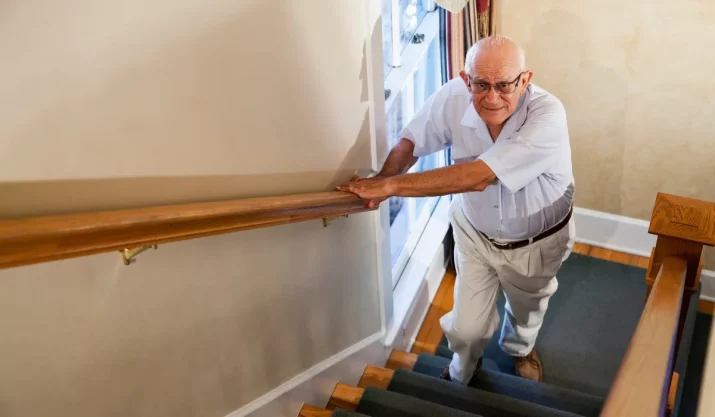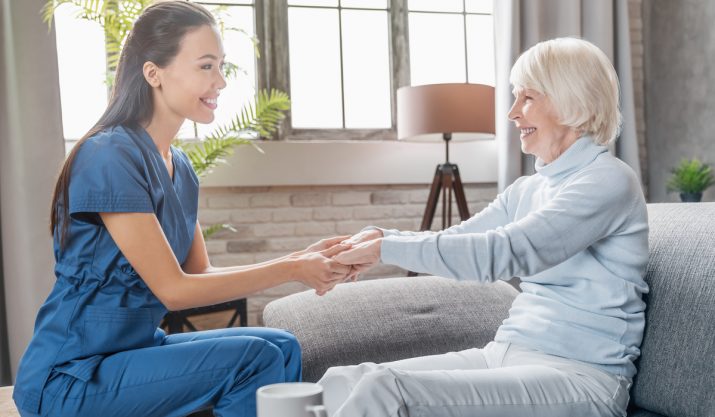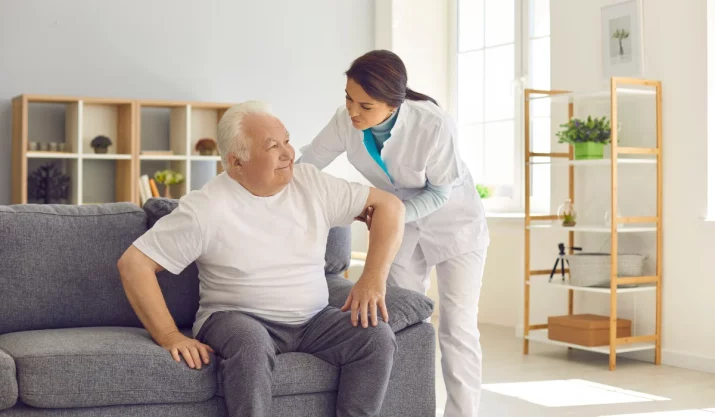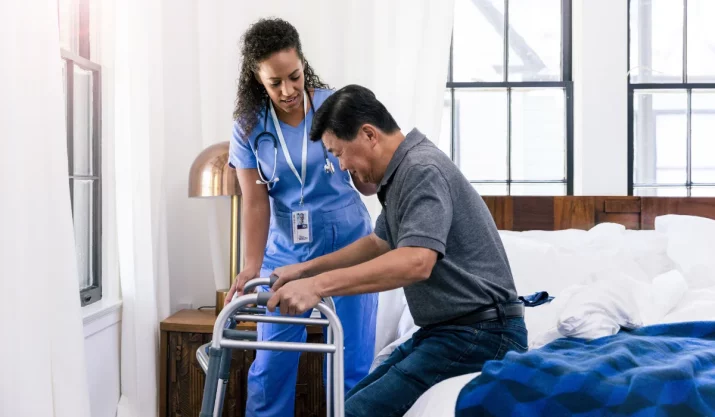Is Climbing Stairs Bad for Your Knees?

Table of Contents
If you or a loved one is struggling with knee pain, it’s only natural to wonder if climbing stairs is making it worse. Maybe your knees ache after going up or down stairs, or maybe you’re recovering from a knee replacement and are worried about reinjury.
For older adults across California, especially those living in multi-story homes, stairs are part of everyday life.
In this article, we’ll tackle the big question and break down when stair use is safe and when it might signal a deeper issue with your knee joint.
Key Takeaways
- Some knee conditions make climbing stairs painful, especially when leg muscles are weak or joints are already damaged.
- Chondromalacia, ligament injuries, and osteoarthritis are common causes of knee pain during stair use.
- Stair climbing helps build stronger legs, supports weight control, and improves range of motion when done safely.
- California Mobility provides stair lifts, elevators, and personalized solutions to help you stay independent at home.
When Is Climbing Stairs Bad for Your Knees?
The short answer: sometimes.
Stair climbing isn’t inherently bad, but for people with certain knee problems, it can strain sensitive parts of the joint, especially if there’s already damage to cartilage, ligaments, or if your muscle strength isn’t what it used to be.
Let’s walk through when it might make things worse.
Chondromalacia Patella (Runner’s Knee)
This common condition occurs when the cartilage under your kneecap wears down, causing the bone to rub and trigger irritation. Repeated overuse, especially on stairs, can worsen the condition, particularly if the quadriceps aren’t strong enough to support the movement.
Knee Osteoarthritis
As cartilage deteriorates in knee osteoarthritis, your knees lose their natural cushioning. This increases joint pain, especially during weight-bearing activities like climbing.
If you’re already diagnosed, the added force from stairs can accelerate discomfort and limit your range of motion.
Weak Muscles Can Make It Worse
Weak leg muscles—especially the quads, hamstrings, and glutes—mean your knees are absorbing too much of your body weight. Without enough muscle strength, your joints carry the load, leading to wear and knee pain over time.
Previous Ligament or ACL Injuries
A past ACL tear or ligament sprain changes how your knee functions.
Without proper rehab or treatment options, your knee may feel unstable on stairs, increasing the risk of a fall or further injury.
Poor Stair Climbing Mechanics
Many people unintentionally increase stress on their knee joint by not using their whole foot when climbing. Leaning forward or skipping the handrail can create imbalanced pressure, especially if your form isn’t great or you’re compensating for pain.
When Climbing Stairs Can Help Your Knees
When done right, stair climbing can be part of a well-rounded wellness routine to maintain healthy knees.
Strengthens Critical Muscle Groups
Stairs activate the quads, hamstrings, glutes, and hip flexors, all essential for knee stability and balance. Stronger muscles mean less load on the joint, helping to protect against future knee problems.
Supports a Healthy Weight
Keeping a healthy weight is one of the most effective ways to relieve joint pain. Stair climbing burns more calories than walking in place, making it a useful option for weight management in active seniors.
Promotes Better Joint Function
Controlled stair climbing can maintain or improve range of motion, which is key for aging joints. Regular use keeps the knees moving and reduces stiffness, especially when guided by a physical therapist.
Aids in Pain Relief and Recovery
As part of a physical therapy program, stairs may be used to rebuild strength after surgery or injury. When combined with strengthening or core exercises like lunges, they can support pain relief and long-term mobility.
Safer Alternatives to Climbing Stairs for Seniors
If climbing stairs just isn’t an option anymore, or if you’re concerned about further injury, there are great available options in California
Stair Lifts for Home Use
A stair lift allows you to stay in your home without risking falls.
It’s ideal for anyone dealing with knee osteoarthritis, recovering from knee replacement surgery, or trying to reduce the strain from repeated stair use.
It’s also a great tool for maintaining independence without avoiding the upper level of your home.
Residential Elevators
Modern home elevators provide safe, smooth access across floors.
Especially if you’re dealing with significant knee problems or multiple mobility concerns, this option combines comfort with safety and long-term value.
Low-Impact Exercise Plans
If you’re skipping stairs for now, there are still plenty of ways to stay active.
Water aerobics, chair exercises, and biking are excellent low-impact workouts that keep your knee joint moving and support knee health.
Consulting a Physical Therapist
A licensed physical therapist can help identify the causes of knee pain, build a safe activity plan, and guide you through custom treatment options that include strengthening exercises.
They’ll also help you avoid exercises that might worsen patellofemoral pain syndrome or stress a past knee replacement.
Simple Home Fixes for Safer Stairs
Something as simple as adding a handrail, wearing a knee brace, or adjusting how you shift your body weight can make stairs more manageable.
With help from a healthcare provider or orthopaedic specialist, you can make meaningful changes without major renovations.
Need Help Navigating Stairs with Knee Pain?
Struggling to climb stairs safely due to chronic knee issues? Let’s find a safer way for you to move around at home.
At California Mobility, we provide solutions like stair lifts, ramps, and home elevators to help you stay safe and independent in your own home, without sacrificing comfort or access.
Whether you’re dealing with knee osteoarthritis, recovering from an injury, or just trying to protect your knee health, we’ll help you find the right tools to support your lifestyle.
Call us today to schedule your free in-home assessment.
Let’s talk about what mobility looks like for you, no pressure, just practical options that make aging at home easier.






